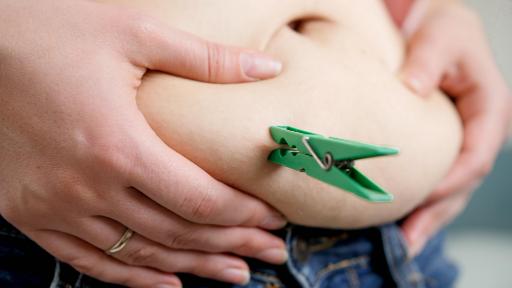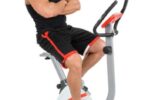In a world where fitness and health are at the forefront of our minds, there’s a sea of questions swirling around the topic of body fat. It’s a subject shrouded in myths and misconceptions, leaving many to wonder about the truths behind fat loss and muscle gain. From the quest to eliminate stubborn belly fat to the pursuit of toned thighs, the journey towards understanding and reshaping our bodies is as complex as it is personal.
In this comprehensive guide, we delve deep into the most burning questions about body fat. We’ll explore the effectiveness of running and cycling in burning belly fat, the reality of transforming fat into muscle, and the intricacies of managing dietary fat for weight loss. We’ll also tackle the challenge of reducing underarm and inner thigh fat, providing you with science-backed insights and practical advice.
Join us as we cut through the confusion and offer clarity on how to approach body fat with knowledge, understanding, and a dash of patience. Whether you’re a fitness enthusiast or someone starting their health journey, this guide is your beacon in the foggy realm of body fat myths and facts. Let’s embark on this enlightening path together and transform the way we see and manage body fat.
How to Lose Chest Fat?
Understanding Chest Fat
Chest fat, like fat in other parts of the body, accumulates when there is an excess of calories consumed over calories burned. It’s important to note that you cannot target fat loss in one specific area; instead, you need to reduce overall body fat.
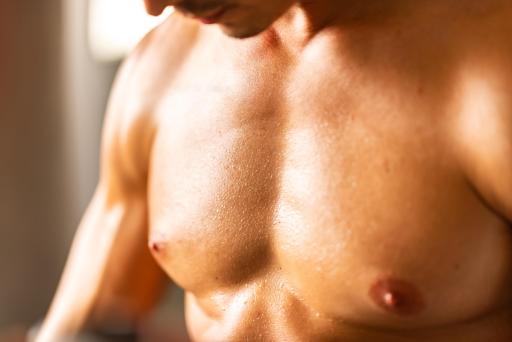
Creating a Caloric Deficit
The key to losing fat is creating a caloric deficit, meaning you burn more calories than you consume. This can be achieved through diet, exercise, or a combination of both. To lose one pound of fat, you need to burn approximately 3,500 calories more than you consume.
Diet
- Reduce Intake of Fat and Carbohydrates: Focus on a balanced diet with a moderate reduction in caloric intake.
- Track Your Calories: Use an app or a notebook to keep track of your daily calorie consumption.
- Eat Whole Foods: Incorporate plenty of vegetables, lean proteins, and whole grains into your diet.
Exercise
- Combine Weight Training with Cardio: This approach helps build muscle while burning fat.
- High-Intensity Interval Training (HIIT): Short bursts of intense exercise followed by rest periods can be effective in burning fat.
Targeted Chest Exercises
While these exercises won’t directly burn chest fat, they can help tone and firm the area as you lose weight.
- Pushups: A classic exercise that targets the chest, shoulders, and triceps.
- Bench Press: An effective workout for building chest muscles. Start with a lower weight and increase gradually.
Patience and Consistency
Losing chest fat requires patience and consistency. Gradual weight loss is more sustainable and healthier than crash diets or intense workout regimens that are hard to maintain.
Seeking Professional Advice
Consulting with a healthcare professional or a fitness trainer can provide personalized advice and ensure that your approach to losing chest fat is safe and effective.
Remember, everyone’s body is different, and what works for one person may not work for another. It’s essential to find a routine that fits your lifestyle and to stick with it for the long term.
For more detailed guidance and a personalized plan, consider reaching out to a nutritionist or personal trainer who can tailor a program specifically to your needs and goals.
Does Running Burn Belly Fat?
The Science Behind Running and Fat Loss
When you run, your body burns calories for energy. The intensity and duration of your run will determine how many calories you burn. Consistent running sessions create a caloric deficit, which is necessary for fat loss.
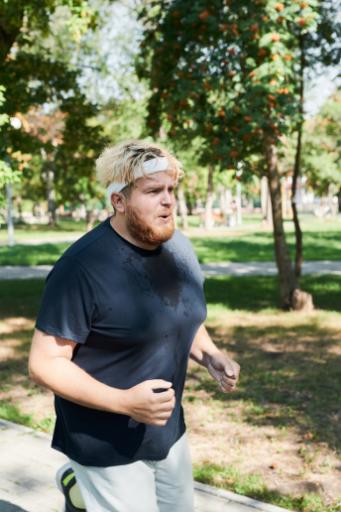
Caloric Deficit and Belly Fat
A caloric deficit occurs when you burn more calories than you consume. This deficit forces your body to use stored fat for energy, leading to fat loss. Since the body tends to store excess calories as fat in the abdominal area, creating a caloric deficit through running can help reduce belly fat.
High-Intensity Running
High-intensity running, such as sprinting or interval training, can be particularly effective for burning belly fat. Studies have shown that high-intensity exercise can target visceral fat, which is the deep abdominal fat linked to various health issues.
Steady-State Cardio
Longer, steady-state runs at a moderate pace also contribute to fat loss, including belly fat. These runs may not burn calories as quickly as high-intensity workouts, but they can be sustained for longer periods, leading to significant calorie burn over time.
Running and Metabolism
Running can increase your metabolic rate, not only during the activity but also for hours afterward. This afterburn effect, known as excess post-exercise oxygen consumption (EPOC), means you continue to burn calories at a higher rate even after you’ve finished running.
Consistency is Key
To effectively burn belly fat, consistency in your running routine is crucial. Regular running sessions, combined with a balanced diet, can lead to significant reductions in belly fat over time.
Running and Overall Health
Beyond belly fat reduction, running offers numerous health benefits. It improves cardiovascular health, boosts mood, and enhances overall fitness. As you build endurance and strength through running, your body composition will change, leading to a leaner physique.
Running does burn belly fat, but it’s important to combine it with a healthy diet and strength training for optimal results. Remember, spot reduction is not possible; running will help reduce overall body fat, including belly fat. For personalized advice and a running plan tailored to your fitness level and goals, consider consulting with a fitness professional.
How to Get Rid of Inner Thigh Fat?
Understanding Inner Thigh Fat
Inner thigh fat is subcutaneous fat that is stored beneath the skin. It’s often a concern for aesthetic reasons, but it’s also worth noting that excess fat in this area can be a sign of overall body fat.
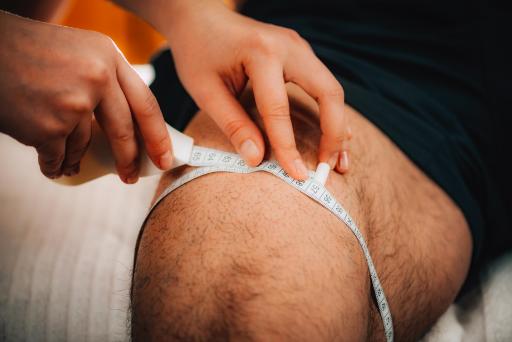
Diet and Nutrition
A balanced diet is crucial for fat loss. Here are some dietary tips:
- Caloric Deficit: Consume fewer calories than you burn to create an energy imbalance.
- Whole Foods: Focus on fruits, vegetables, lean proteins, and whole grains.
- Hydration: Drink plenty of water to support metabolism and help with satiety.
Exercise
Exercise is essential for toning muscles and burning fat.
- Strength Training: Target the inner thigh muscles with exercises like squats and lunges.
- Cardiovascular Exercise: Activities like running, cycling, and HIIT can help burn overall body fat.
- Consistency: Regular exercise is key to seeing results over time.
Targeted Inner Thigh Exercises
While spot reduction is not possible, certain exercises can help strengthen and tone the inner thigh muscles:
- Sumo Squats: Stand with your feet wider than shoulder-width apart and perform squats.
- Lunges: Forward, backward, and side lunges all engage the inner thigh muscles.
- Inner Thigh Lifts: Lie on your side and lift the top leg, then switch sides.
Lifestyle Changes
Incorporate lifestyle changes that support a healthy body weight:
- Active Lifestyle: Take the stairs, walk more, and stand up regularly throughout the day.
- Sleep: Ensure adequate sleep as it helps regulate hormones that control appetite.
Realistic Expectations
It’s important to have realistic expectations about the process:
- Genetics: Your body shape and where you store fat are largely determined by genetics.
- Patience: Changes take time, and patience is necessary to achieve long-term results.
Professional Guidance
Consider consulting a fitness professional or a dietitian for personalized advice and a plan tailored to your goals and needs.
Remember, reducing inner thigh fat is part of an overall healthy lifestyle. Focus on the journey rather than just the destination, and celebrate the small victories along the way.
Does Fat Turn Into Muscle?
Fat vs. Muscle Tissue
- Muscle Tissue: Muscle fibers are made up of protein strands called myofibrils. These fibers are responsible for the contraction and movement of muscles. Muscle tissue is metabolically active, meaning it burns calories even at rest.
- Fat Tissue: Fat, or adipose tissue, is made up of cells that store energy in the form of triglycerides. Fat cells can expand or shrink depending on energy intake and expenditure but do not convert into muscle cells.
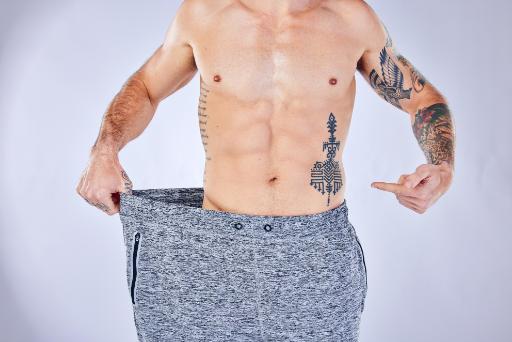
What Happens During Weight Training?
When you engage in weight training or resistance exercises, you create micro-tears in your muscle fibers. During recovery, these fibers repair and grow stronger and larger, a process known as muscle hypertrophy. This growth requires a sufficient intake of protein and overall calories to fuel the repair process.
Fat Loss and Muscle Gain
While you cannot turn fat into muscle, you can lose fat and gain muscle simultaneously through a process called body recomposition. This involves:
- Creating a Caloric Deficit: To lose fat, you need to consume fewer calories than you burn. This encourages your body to use stored fat for energy.
- Strength Training: To build muscle, incorporate resistance exercises that challenge your muscles, promoting growth and strength.
- Protein Intake: Consuming adequate protein is essential for muscle repair and growth.
The Bottom Line
The journey of losing fat and gaining muscle involves two separate processes that can occur concurrently with the right diet and exercise regimen. It’s important to approach this transformation with a holistic view of health and fitness, focusing on sustainable habits rather than quick fixes.
How Many Grams of Fat Per Day to Lose Weight?
The Role of Dietary Fat
Dietary fat is essential for various bodily functions, including energy production, cell growth, protection of your organs, and the absorption of nutrients. It’s also important for hormone production and brain health.
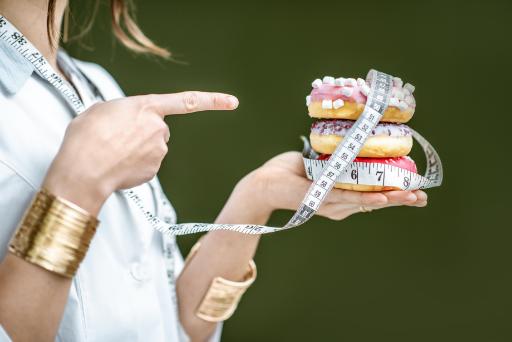
Calculating Fat Intake for Weight Loss
To lose weight, you need to create a caloric deficit, which means consuming fewer calories than your body burns. The amount of fat you should eat can depend on several factors, including your total calorie intake, activity level, and individual health goals.
General Guidelines
The Dietary Guidelines for Americans suggest that 20-35% of your total daily calories should come from fat. For a standard 2,000-calorie diet, this translates to about 44-78 grams of fat per day. However, if you’re on a reduced-calorie diet for weight loss, your fat intake will need to be adjusted accordingly.
Specific Recommendations
For weight loss, some sources suggest that 25-35% of your daily calories should come from fat, which equates to approximately 80 grams per day on a 2,000-calorie diet. On a 1,500-calorie diet, this would mean consuming between 42 and 58 grams of fat per day.
Personalized Approach
It’s important to note that these are general guidelines, and your specific needs may vary. A registered dietitian can help you determine the right amount of fat for your individual circumstances, taking into account factors like your age, gender, weight, height, and activity level.
Types of Fat
Not all fats are created equal. It’s crucial to focus on healthy fats, such as monounsaturated and polyunsaturated fats, which can support heart health and provide essential fatty acids. Limit saturated fats and avoid trans fats as much as possible.
Monitoring Your Intake
Keeping track of your fat intake can be done by reading food labels, measuring portions, and using nutrition-tracking apps. This will help you stay within your daily fat allowance while ensuring you’re getting enough to support your body’s needs.
Understanding the amount of fat to consume for weight loss involves a balance between reducing calorie intake and maintaining adequate nutrition. Always consult with healthcare professionals before making significant changes to your diet, especially if you have underlying health conditions.
How to Get Rid of Underarm Fat?
Incorporate Full-Body Workouts
Engaging in full-body workouts ensures that you’re burning calories and building muscle throughout your entire body, which can indirectly affect the underarm area. These workouts often include compound movements that work for multiple muscle groups at once, leading to more calories burned.
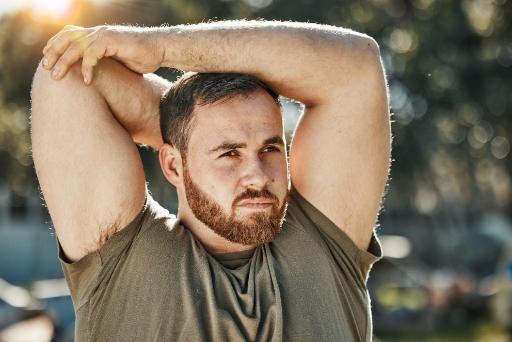
Focus on Posture and Movement
Improving your posture can have a surprising effect on the appearance of underarm fat. Standing up straight with your shoulders back can help to elongate your torso and reduce the appearance of bulges. Additionally, incorporating movements that improve your range of motion and flexibility can also contribute to a more toned appearance.
Consider High-Intensity Interval Training (HIIT)
HIIT workouts are known for their fat-burning efficiency. They involve short bursts of intense activity followed by rest periods. This type of training can increase your metabolic rate and help in reducing fat all over your body, including the underarms.
Stay Consistent and Patient
Consistency is key in any fat loss journey. It’s important to maintain a regular exercise routine and healthy eating habits over time. Patience is also crucial, as changes in body composition don’t happen overnight.
Does Cycling Burn Belly Fat?
Cycling Intensity and Belly Fat Reduction
The intensity at which you cycle plays a role in how effectively you burn belly fat. Moderate to high-intensity cycling can increase the number of calories you burn during and after your workout due to the afterburn effect, or EPOC (Excess Post-exercise Oxygen Consumption).

Cycling Duration and Frequency
Longer cycling sessions at a moderate pace can help burn belly fat by using stored fat as energy. Consistency is crucial, so aim to cycle regularly throughout the week to maximize fat burning.
Indoor vs. Outdoor Cycling
Both indoor and outdoor cycling can help burn belly fat. Indoor cycling classes, often set to music and including varying intensities, can provide a motivating environment to push yourself. Outdoor cycling can be more variable with natural terrain and resistance, which can also benefit fat loss.
Cycling and Overall Body Composition
While cycling can help reduce belly fat, it also contributes to improving overall body composition by increasing muscle tone, especially in the lower body, which in turn can increase your resting metabolic rate.
Nutrition and Hydration
Pairing regular cycling with a balanced diet and proper hydration can enhance fat-loss results. Eating a diet rich in whole foods and staying hydrated helps support your metabolism and recovery.
In summary, cycling is a powerful tool in your fitness arsenal for burning belly fat. It’s enjoyable, effective, and can be adapted to fit any lifestyle or fitness level. Remember to combine your cycling efforts with a healthy diet and other forms of exercise for the best results.
Do Ab Workouts Burn Belly Fat?
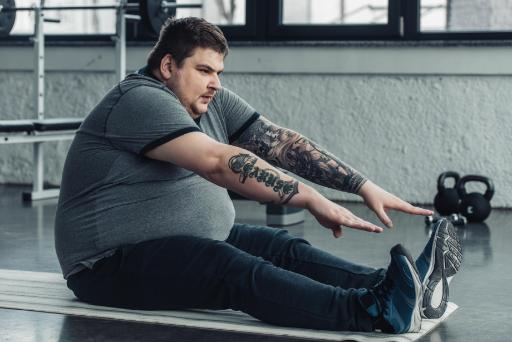
Ab workouts can strengthen and tone the abdominal muscles, but they won’t specifically burn belly fat. To reduce belly fat, focus on overall weight loss through a combination of diet and exercise.
Remember, when it comes to body fat, consistency and a holistic approach to fitness and nutrition are key. Always consult with a healthcare professional before starting any new diet or exercise program.

